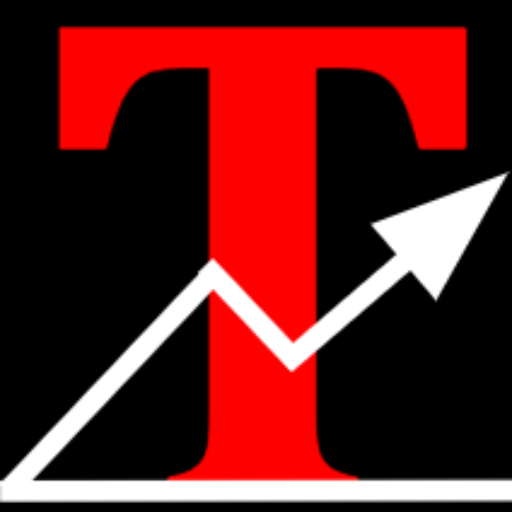At the conclusion of their July 26 ’23, meeting, the Federal Open Market Committee (FOMC) voted to raise the target range of the federal funds rate by 25 basis points to 5.25% to 5.50%. The S&P 500 traded around 4,000 points at the time – some 16% off its ~4800 January high. Markets had reason to be worried… Investors had not seen the Fed this aggressive at any time in the past 40 years… and conditions seemed ripe for a recession. What’s more, most widely cited indicators suggested this was a likely outcome. However, it didn’t happen? Why not? Are popular recession indicators no longer relevant?
Weighing Risk(s) More Useful than Forecasting a Number
Around this time of year – a wrath of ‘experts’ forecast where they believe the S&P 500 will finish the year. For me it serves little purpose. For one, most of the time forecasts are typically wrong (and by a wide margin). Second, as time goes by, more information will come to hand which often changes our view. From there, forecasts should be updated. Third, there are almost always random events which reset the game. What happens to forecasts then? They are typically tossed out the window. With that, let’s look at what the market “experts” believe we will see this year – and I will offer my approach.
For a full list of posts from 2017…
